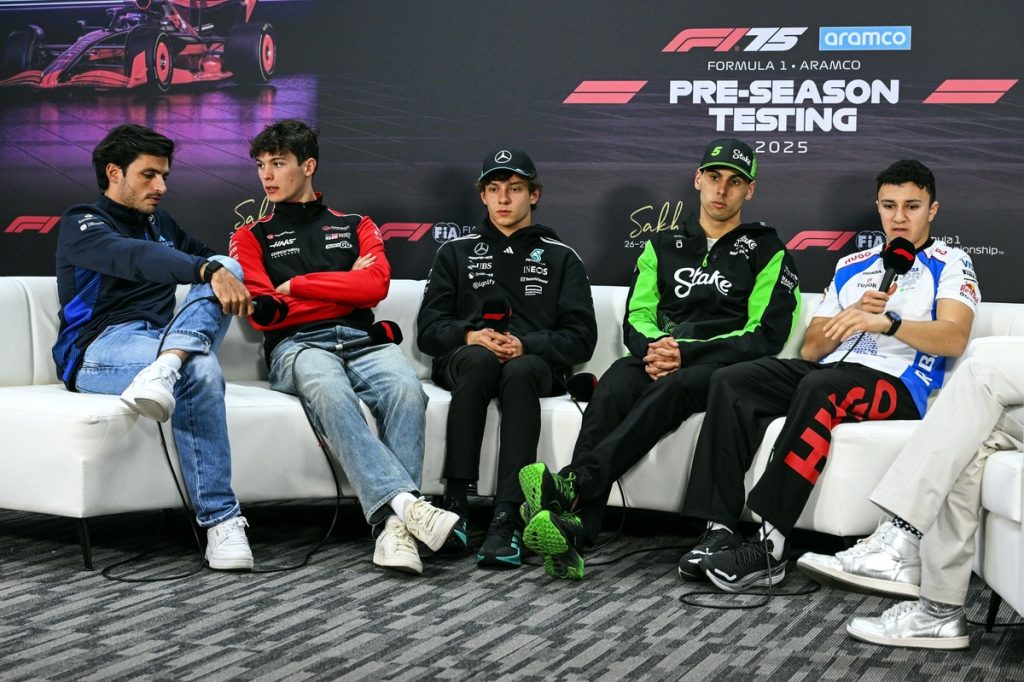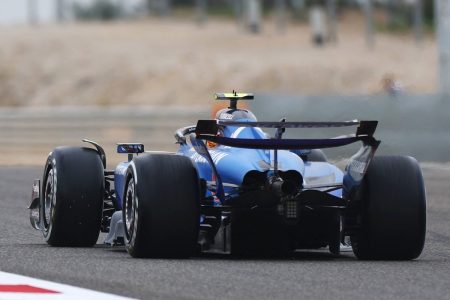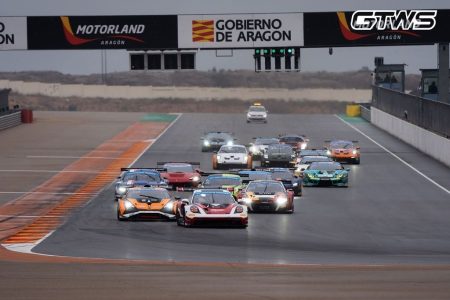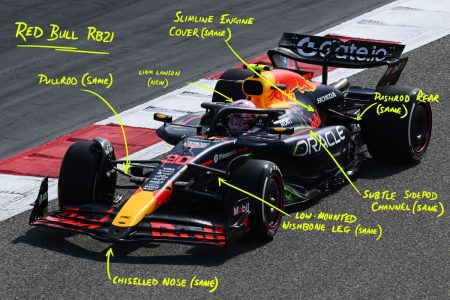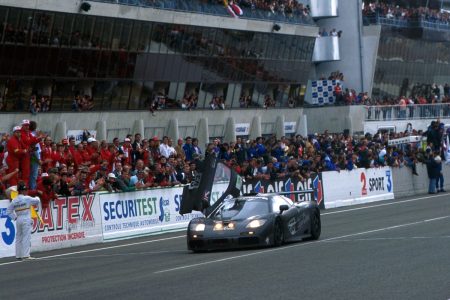Carlos Sainz: A Veteran in a New Role
Carlos Sainz’s appearance at the pre-season testing press conference in Bahrain alongside a group of rookie drivers in 2025 marked a significant shift in his career and status within Formula 1. At 30, and about to begin his 11th grand prix racing season, Sainz is no longer the young, ambitious driver who made his debut with Toro Rosso in 2015 alongside Max Verstappen. Instead, he is now one of the sport’s veteran figures, a role he has embraced with maturity and a sense of responsibility. This transition is evident not only in his on-track performance but also in his off-track activities, particularly his recent appointment as a director of the Grand Prix Drivers’ Association (GPDA).
Stepping Back to Move Forward
Sainz’s decision to join the GPDA came after a reflective winter, where he pondered his age, career achievements, and the new chapter he is embarking on with Williams, replacing Sebastian Vettel. The Spaniard believed that moving to a mid-field team would allow him to step back from the intense competition and bitter infighting often seen among frontrunners, such as the ongoing spat between George Russell and Max Verstappen. By joining the GPDA, Sainz aims to leverage his experience and perspective to support his fellow drivers in a more collaborative and constructive manner. This move underscores his commitment to the broader F1 community, where he sees an opportunity to make a meaningful impact away from the spotlight of the podium.
A Thoughtful Approach to Representation
Sainz’s approach to his new role is characterized by a calm and intellectual demeanor. He has already identified several areas where the GPDA can make a difference in 2025, including the current clampdown on driver expression by the FIA, the adjustments to racing rules, and the ongoing issues with penalties and driver fines. Sainz’s insights and ideas are seen as valuable by many paddock insiders, who appreciate his wisdom beyond his years. His ability to balance private and public issues, as demonstrated by the letter the GPDA posted on Instagram last November and the support they received from rally drivers after Rally Sweden in February, highlights his strategic thinking and commitment to addressing the concerns of his peers effectively.
Addressing Rookie Challenges
One of the pressing issues Sainz addressed during the press conference was the limited Testing of Previous Cars (TPC) for the 2025 rookie drivers. This year, rookies are restricted to just 1000km of pre-season testing, a significant reduction compared to the 5000 miles Lewis Hamilton logged in 2007 before his debut. The historical context underscores the challenges faced by the new batch of drivers, including Oliver Bearman, Andrea Kimi Antonelli, Gabriel Bortoleto, and Isack Hadjar. Sainz wished them all the best and proposed a thoughtful solution to improve their testing opportunities.
A Balanced Proposal for Testing
Sainz suggested that F1 could do more to enhance the testing process for rookies and experienced drivers alike. He noted that teams spend vast sums of money on simulators, which could be better allocated to additional testing days. His proposal involves adjusting the budget cap to allow for a more flexible testing schedule, where teams can choose between simulator time and more extensive on-track testing. Sainz advocates for extending the pre-season testing period to eight or ten days, arguing that while simulators are useful, they cannot fully replicate the experience of driving an actual F1 car. This approach not only benefits rookies but also provides valuable data and experience for the teams.
Balancing Costs and Benefits
While Sainz’s proposal is compelling, it does come with financial considerations. The cost of flying drivers on regular short-haul journeys to simulators would need to be weighed against the expenses of transporting up to 75 staff members required to run a car during testing, whether in Bahrain or elsewhere. However, Sainz believes that this trade-off is worth it, as the tangible benefits of on-track testing outweigh the advantages of virtual simulations. His idea demonstrates his commitment to finding practical solutions that enhance the overall experience and performance of drivers and teams, reflecting the thoughtful and experienced approach he brings to his new role with the GPDA.

